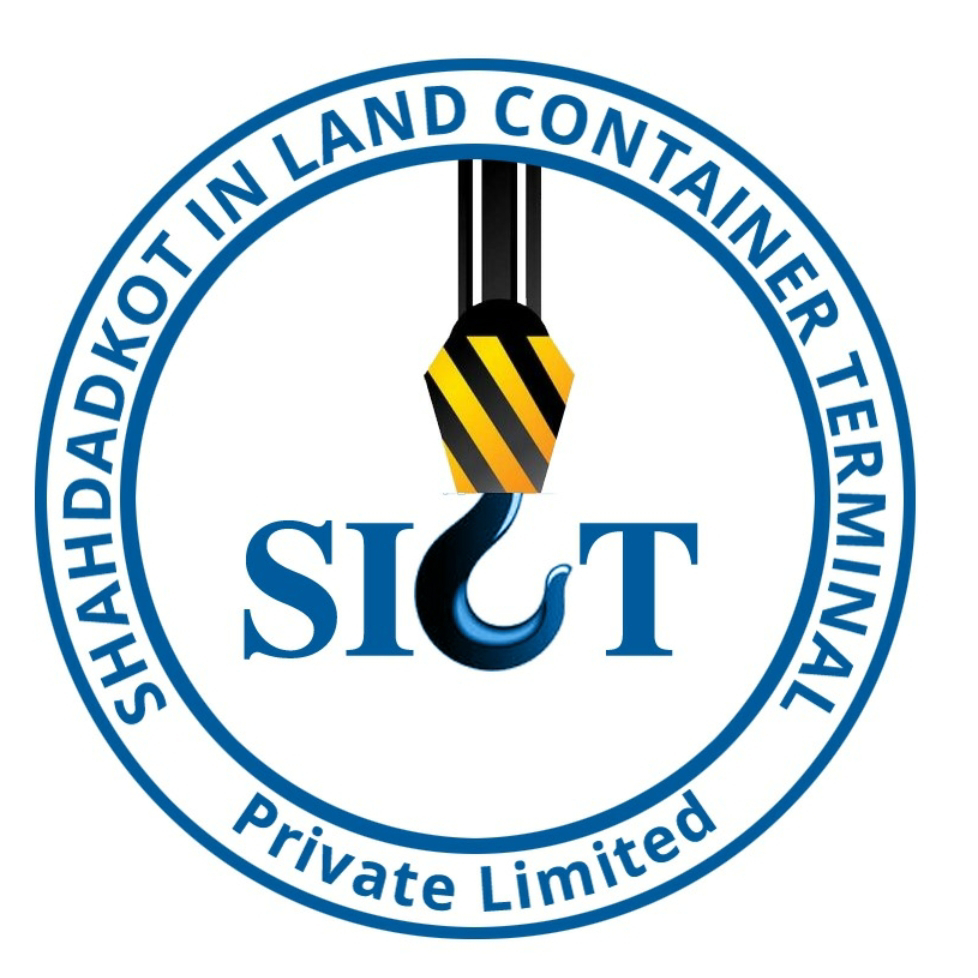On-demand trucking offers a new, more efficient way of matching shippers with carriers.
The world is going on-demand. We have on-demand apps for films, foods, games, taxis, and even motorcycles. So, it’s no surprise that the on-demand philosophy is being applied to the trucking industry.
On-Demand Trucking: The “Uberization” of the Trucking Industry.
On-demand trucking offers a new, more efficient way of matching shippers with carriers. “While freight brokers are essential today, the way they do business is woefully inefficient,”
Instead of paying anywhere from a quarter to nearly half of the gross shipping fee to the broker and waiting for them to make hundreds of phone calls, on-demand trucking cuts out the middle man and boosts efficiency and profits like never before.
“Currently, it takes multiple phone calls and often the use of paper documents . . . to schedule a freight shipment, and a slow and costly process that means most trucks are badly underutilized,”
On-demand trucking improves speed and provides the ability to find additional shipments that need to be moved in whatever area a driver may be in. This reduces downtime and increases the number of jobs a truck can take, so trucks and fuel can be used to their full potential without needless waste of resources. Even independent truck drivers and small operators can keep their trucks full on a more consistent basis with these on-demand trucking services.
This also improves the speed of the trucking industry with expedited freight service. The world is relying more and more on overnight shipping or same-day shipping. The broker method just isn’t conducive to the “we want it now” mentality that is increasingly more common among the consumer base. By eliminating downtime between putting out an order for shipping and assigning that order to a company and a driver, these drivers-on-demand can get a shipment underway faster and with a lot less paperwork.
Truck drivers send information to the on-demand apps informed regarding where they are, where they are going and how much space is available in their truck. If a job comes up along the way that will fit in the truck, the app determines that they would be a match, and the driver receives an offer to take it. Of course, they can accept or decline as they see fit.
On-demand trucking apps also provide advantages for independent owner-operators or small trucking fleets with only a few trucks. Not only is the logistical headache of working with a broker no longer an issue (allowing owner-operators and smaller businesses to decrease costs and focus on deliveries), but now those smaller trucking companies can take on more jobs and have more opportunities to grow. Some of these apps even focus primarily on working with smaller firms on jobs that are for routes of 150 miles or fewer, so truck drivers who prefer these sorts of jobs can keep their truck at higher capacity more often, meaning they have a better bottom line.
These apps also provide a level of transparency between drivers, shippers, and receivers. Many on-demand trucking apps allow for GPS tracking, which improves the customer service and streamlines the operational process. Shippers get an alert when a driver who has taken their job passes through a geofence, notifying them to get their shipment ready for loading. Clients can also see GPS location information as a truck approaches its destination, so they have a more accurate estimated time of arrival (ETA).
At this point, it’s fairly clear that on-demand trucking will significantly impact the future of the trucking industry. It is revolutionizing how drivers and cargos are matched. Without the mountains of paperwork and spades of downtime, who knows what this multibillion-dollar industry could do.
On-Demand Trucking will be Pakistans need and shippers priority in the future. And will be the source of millions of new jobs.






Comments
Post a Comment